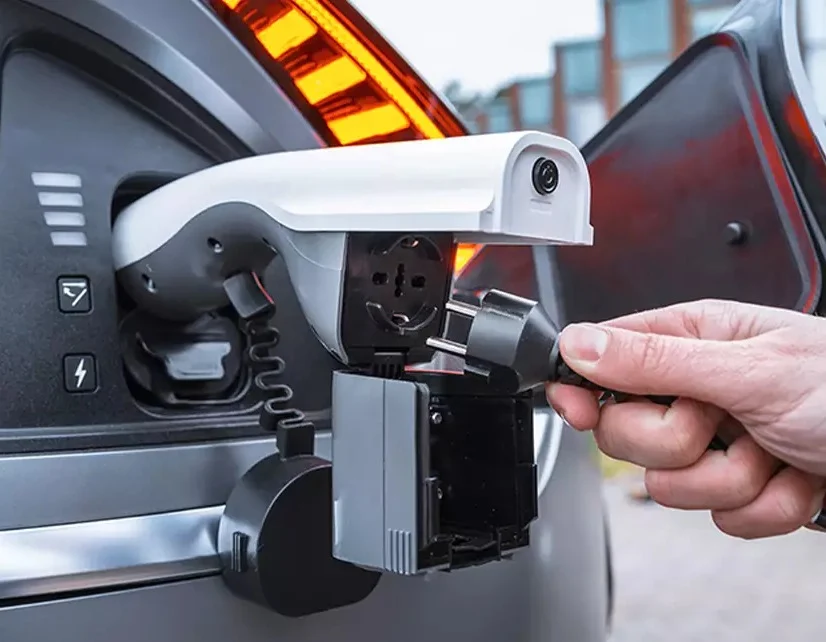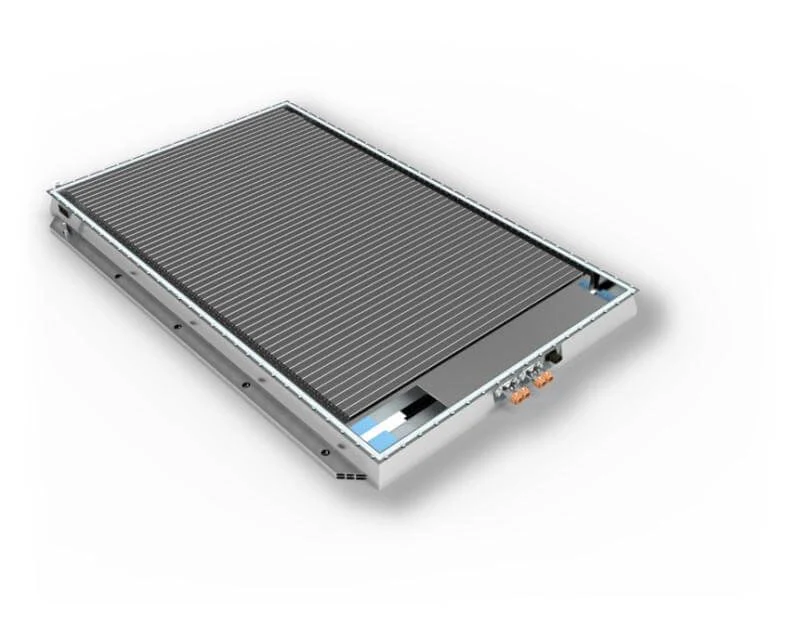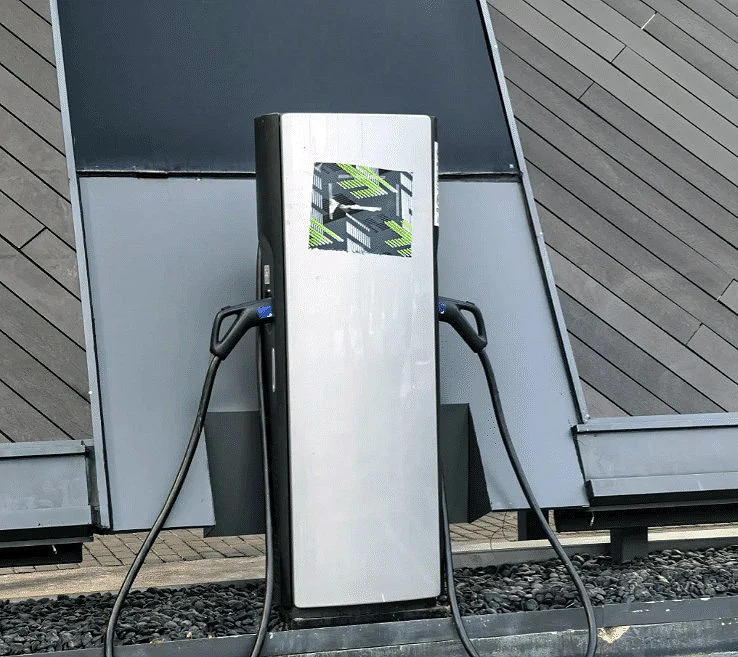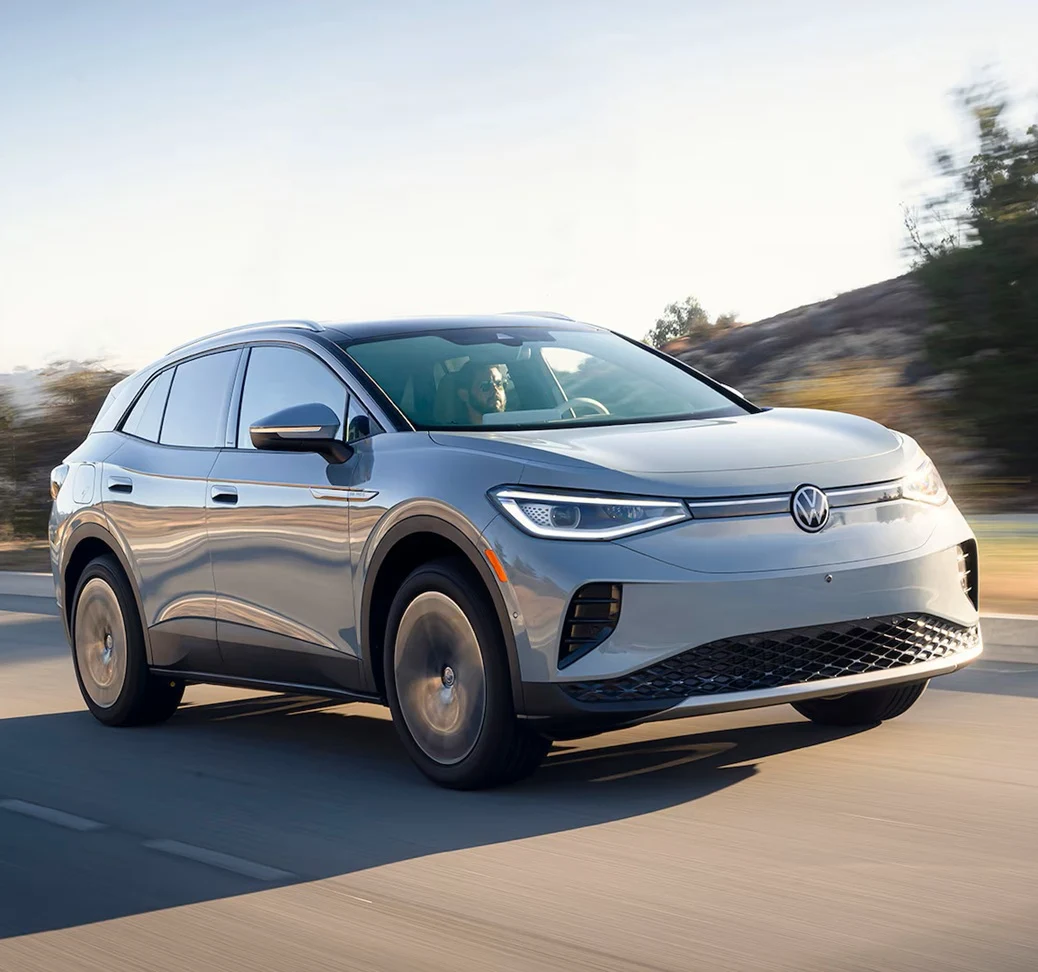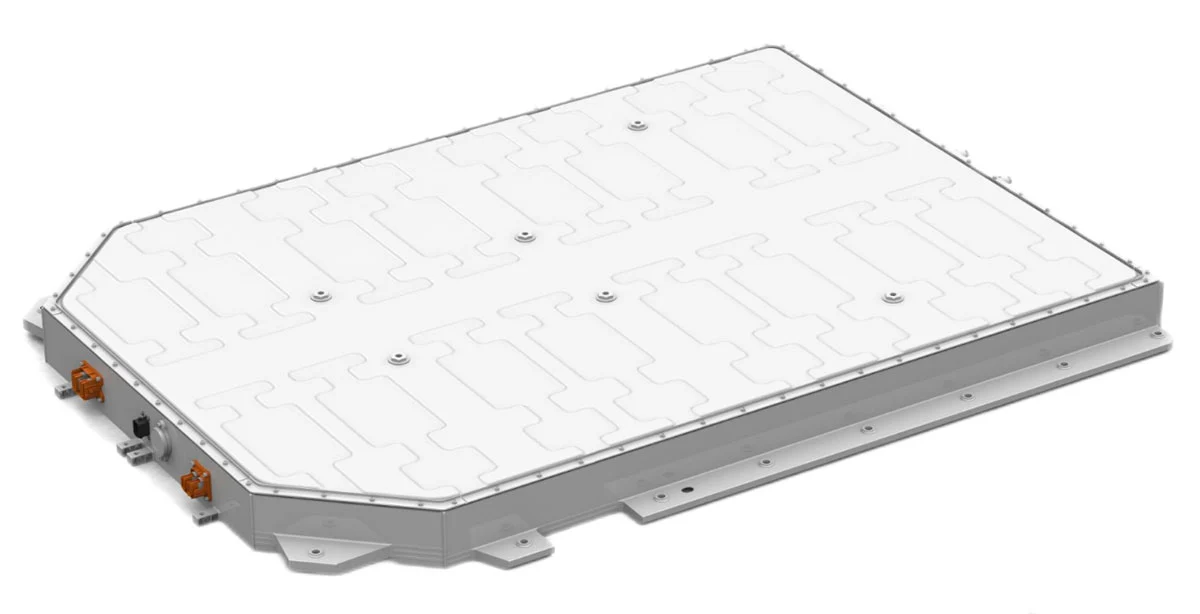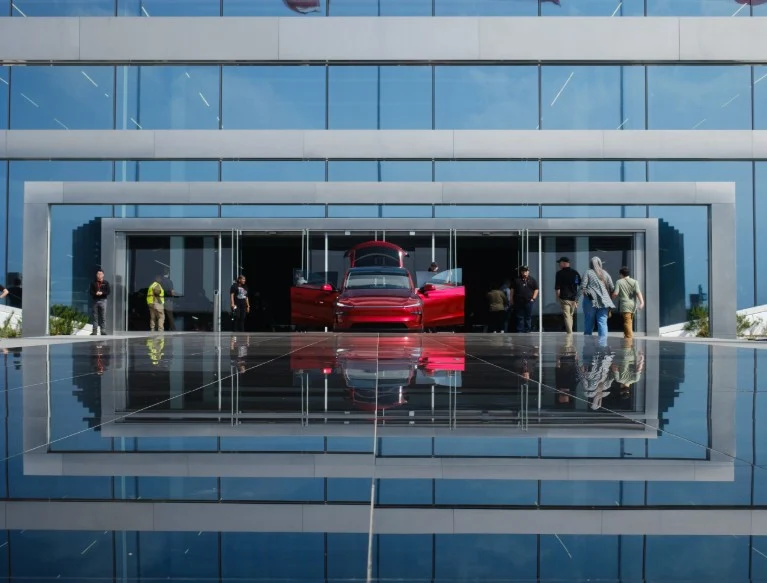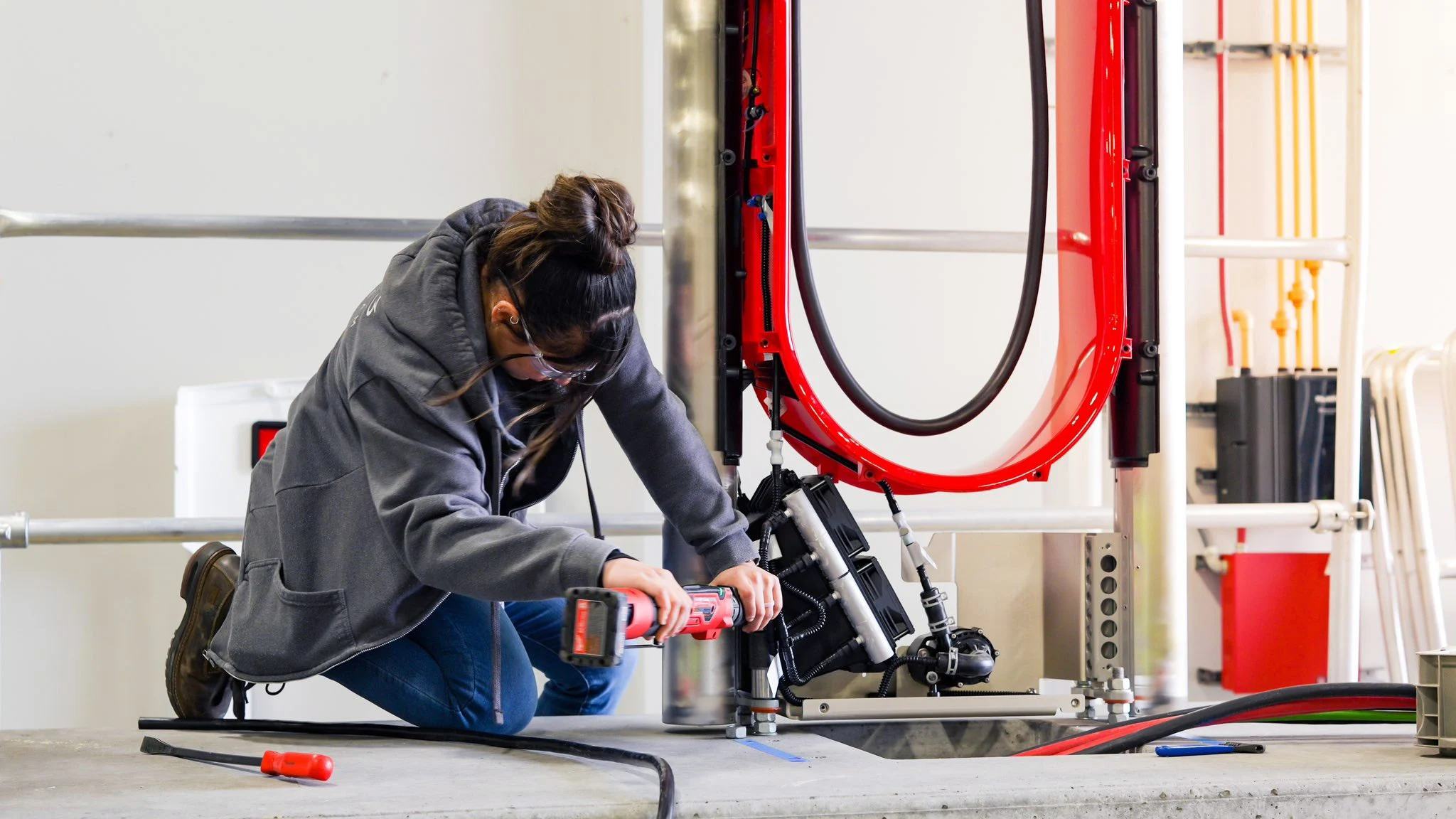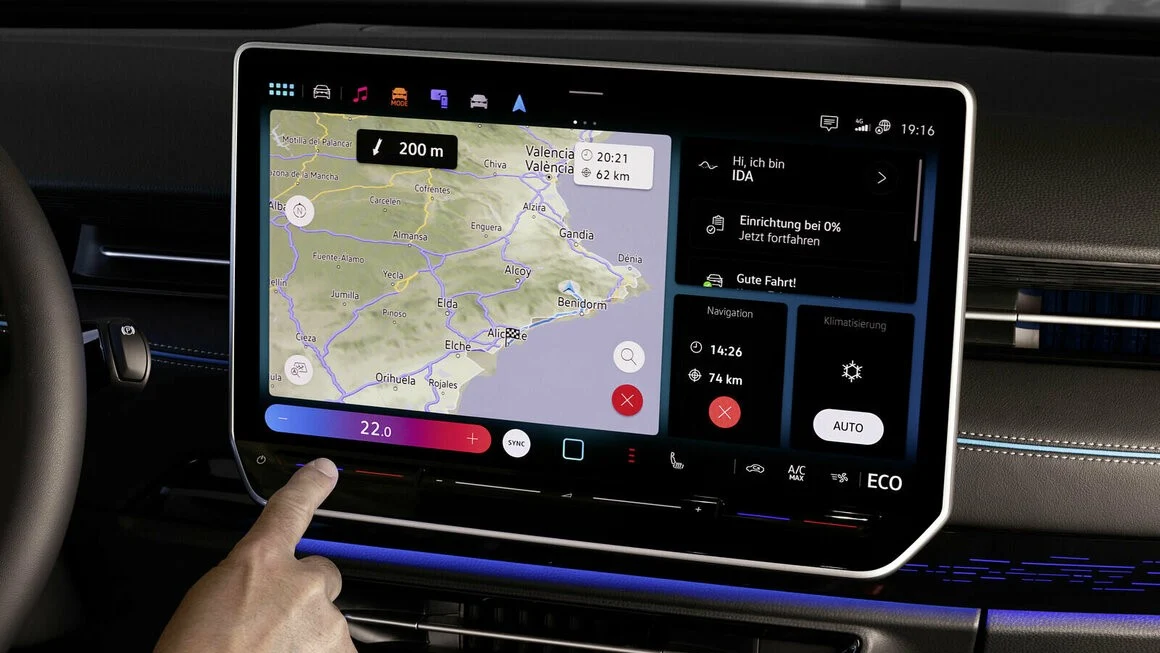Key Takeaways
1. Cyclone Alfred has caused serious blackouts in Queensland and New South Wales, leaving many without power.
2. Electric vehicle (EV) owners are using vehicle-to-load (V2L) technology to power home appliances during outages.
3. Stories from EV owners illustrate how their cars can keep essential items, like food and electronics, running during emergencies.
4. Some EVs can be charged at functioning power grids and then used to provide power back home, acting as portable power sources.
5. The experiences shared highlight the practical benefits of EVs beyond reducing transport emissions.
Hundreds of thousands of people in Queensland and New South Wales are struggling with serious blackouts caused by Cyclone Alfred. In this tough time, some electric vehicle (EV) owners are relying on the large batteries in their cars to keep their homes running.
EVs to the Rescue
Social media is buzzing with stories of EVs equipped with vehicle-to-load (V2L) technology coming to the rescue by supplying power to home appliances during and after the cyclone. For instance, Chris Baker, a company director, posted on LinkedIn about how his Nissan Leaf managed to keep “food fresh, phones charged, and laptops going,” while only using about 10 percent of its battery each day.
Neighbors Helping Neighbors
Another EV owner in Australia shared that their car was able to power their fridge, freezer, microwave, kettle, lights, and phones for more than two days. They even mentioned providing their neighbors with fresh coffee while only draining 18 percent of their battery. This shows the real-life benefits of having an electric vehicle during emergencies.
Power-on-Wheels
In another instance, a driver went to an area where the power grid was functioning to charge their EV. They then brought it back home to use the stored energy, effectively turning their car into a portable power source.
While not every EV comes with V2L features, these stories from Australia highlight the useful side of battery-powered vehicles, showing that they can do more than just reduce transport emissions.
Source:
Link

